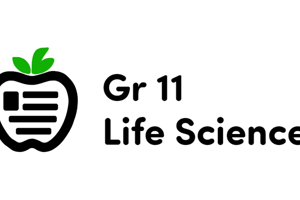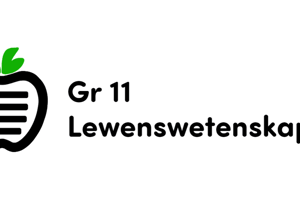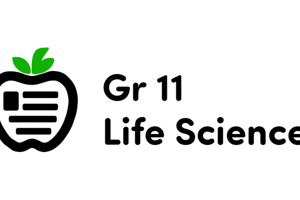Podcast
Questions and Answers
What triggers an increase in breathing rate during strenuous physical activity?
What triggers an increase in breathing rate during strenuous physical activity?
- Increased levels of carbon dioxide in the blood (correct)
- Decreased demand for energy
- Increased heart rate
- Decreased levels of oxygen in the body
What primarily causes oxygen to diffuse from the alveolus into the blood?
What primarily causes oxygen to diffuse from the alveolus into the blood?
- The direct contact between alveoli and tissues
- Active transport mechanisms in red blood cells
- The high concentration of oxygen in the alveolus (correct)
- The low concentration of oxygen in the blood
How is most carbon dioxide transported in the blood?
How is most carbon dioxide transported in the blood?
- Dissolved in plasma
- Combined with oxygen to form carbhamoglobin
- In a complex with nutrients
- As bicarbonate ions (correct)
During gaseous exchange at the tissues, which condition facilitates oxygen diffusion into cells?
During gaseous exchange at the tissues, which condition facilitates oxygen diffusion into cells?
What percentage of oxygen is dissolved in blood plasma?
What percentage of oxygen is dissolved in blood plasma?
The reaction of carbon dioxide with water in blood plasma primarily forms which substance?
The reaction of carbon dioxide with water in blood plasma primarily forms which substance?
What happens to oxyhemoglobin when it reaches the body tissues?
What happens to oxyhemoglobin when it reaches the body tissues?
In what form is most carbon dioxide released from the body during exhalation?
In what form is most carbon dioxide released from the body during exhalation?
Flashcards
Homeostatic control of breathing
Homeostatic control of breathing
Adjusting breathing rate to meet the body's energy needs, typically increasing during strenuous activity to absorb more oxygen and expire more carbon dioxide.
Gaseous exchange in lungs
Gaseous exchange in lungs
Oxygen diffuses from alveoli into blood; carbon dioxide diffuses from blood into alveoli, driven by concentration gradients.
Gaseous exchange at tissues
Gaseous exchange at tissues
Oxygen diffuses from blood into tissues; carbon dioxide diffuses from tissues into blood, driven by concentration gradients.
Oxygen transport (blood)
Oxygen transport (blood)
Signup and view all the flashcards
Carbon dioxide transport (blood)
Carbon dioxide transport (blood)
Signup and view all the flashcards
Medulla oblongata
Medulla oblongata
Signup and view all the flashcards
Haemoglobin
Haemoglobin
Signup and view all the flashcards
Concentration gradient
Concentration gradient
Signup and view all the flashcards
Alveoli
Alveoli
Signup and view all the flashcards
Capillaries
Capillaries
Signup and view all the flashcards
Study Notes
Homeostatic Control of Breathing
- Strenuous activity increases the body's need for energy, which in turn demands more oxygen intake and more carbon dioxide expulsion.
- The breathing rate increases and more blood flows to the lungs.
Gaseous Exchange in the Lungs
- Capillaries surround alveoli, these have a high CO₂ concentration and low oxygen concentration.
- Air in the alveoli has a high oxygen and low CO₂ concentration.
- Concentration gradient causes diffusion.
- Oxygen dissolves in moisture lining alveoli and diffuses into blood stream.
- CO₂ diffuses out of blood stream into alveoli.
- Oxygen combines with haemoglobin in red blood cells (erythrocytes) forming oxyhaemoglobin.
- A small amount of oxygen dissolves in blood plasma.
Gaseous Exchange at the Tissues
- Blood in capillaries reaching tissues has high O₂ and low CO₂ concentration.
- Tissue fluid has a higher CO₂ and lower O₂ concentration.
- Concentration gradient causes diffusion.
- Oxygen diffuses from blood into tissue fluid, then into cells.
- CO₂ diffuses out of cells into tissue fluid, then into blood.
- Cellular respiration consumes oxygen and produces CO₂.
Transport of Gases by the Blood
Oxygen
- 1.5% carried dissolved in blood plasma.
- 98.5% combines with haemoglobin inside red blood cells to form oxyhaemoglobin.
- When it reaches the cells, oxyhaemoglobin dissociates into oxygen and haemoglobin.
Carbon Dioxide
- 7% transported dissolved in blood plasma.
- 23% combines with haemoglobin to form carbaminohaemoglobin.
- 70% transported as bicarbonate ions.
Studying That Suits You
Use AI to generate personalized quizzes and flashcards to suit your learning preferences.




